POLYTOMY
Igor Skulkin, Ph.D, Ekaterinburg, Russia
This type of fasciation is connected with one-time (or at least not unceasing) division of apical meristem into several smaller. Then the corresponding number of shoots appears, and they go through all the phonologic phases simultaneously. The simplest case is dichotomous division that often takes place among generative individuals of a number of succulent North-American plants (Strombocactus disciformis, Mammillaria perkinsonii and others). Bowk and Ross (1978) suppose that this dichotomy should not be considered as atavism because it is found only at advanced, in terms of evolution, species and not at all the stages of ontogenesis. If dichotomy had an atavistic character it would probably repeat as it happens with the representatives of Hylocereeae tribe.
We believe there is no fundamental difference between division of apical meristem into two or more parts. But as it was already mentioned most often dichotomy occurs at species that have the inherited propensity for it. In general polytomy can occur at different stages of ontogenesis, not only at generative but even more often at juvenile species without any outer stimulus.
I should mention that polytomy was never found in the most primitive subfamily Peireskioideae. Articulated epiphytes and representatives of Opuntioideae K.Sch. subfamily never have real dichotomy.
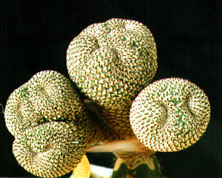 | 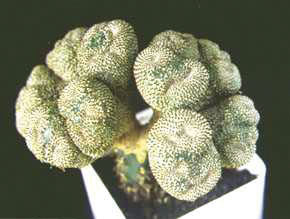
|
Photo 1. Aylostera heliosa (2000 г.)Photo 1a. Aylostera heliosa (2001 г.)
the first part of the plant is removed.
| |
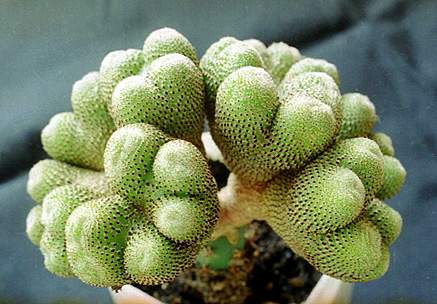 |
| Photo 1b. Aylostera heliosa (2002 г.). |
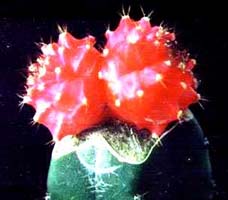 | 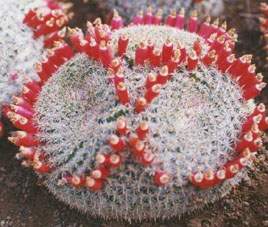
|
Photo 2. Gymnocalycium michanovichi 'pottii'.| Photo 4. Mammillaria perbella.
| |
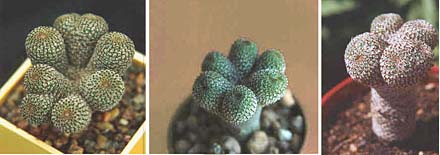 |
| Photo 3. Aylostera heliosa. |
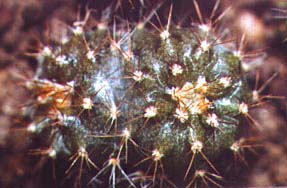 | 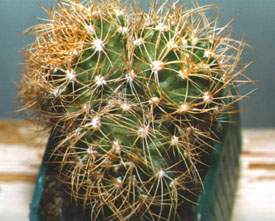
|
Photo 5. Melocactus sp.| Photo 6. Submatucana myriacantha.
| |
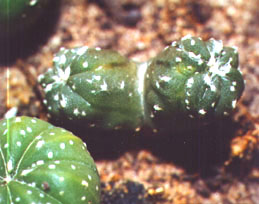 | 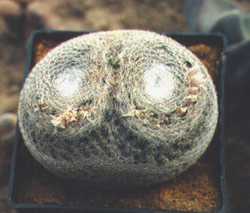
|
Photo 7. Astrophytum sp.| Photo 8. Mammillaria microthele.
| |
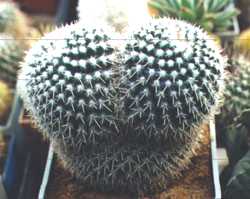 | 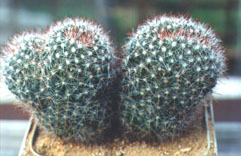
|
Photo 9. Mammillaria parkinsonii.| Photo 10. Mammillaria zeilmanniana.
| |
| 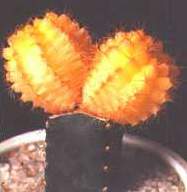
|
| Photo 12. Gymnocalycium anisitsii.
|
On photos - plants from collections by: Valery Kalishev, Elena Simonova, Valery Serovaysky, Nikolay Shemorakov, Igor Skulkin, and captured from the internet.





